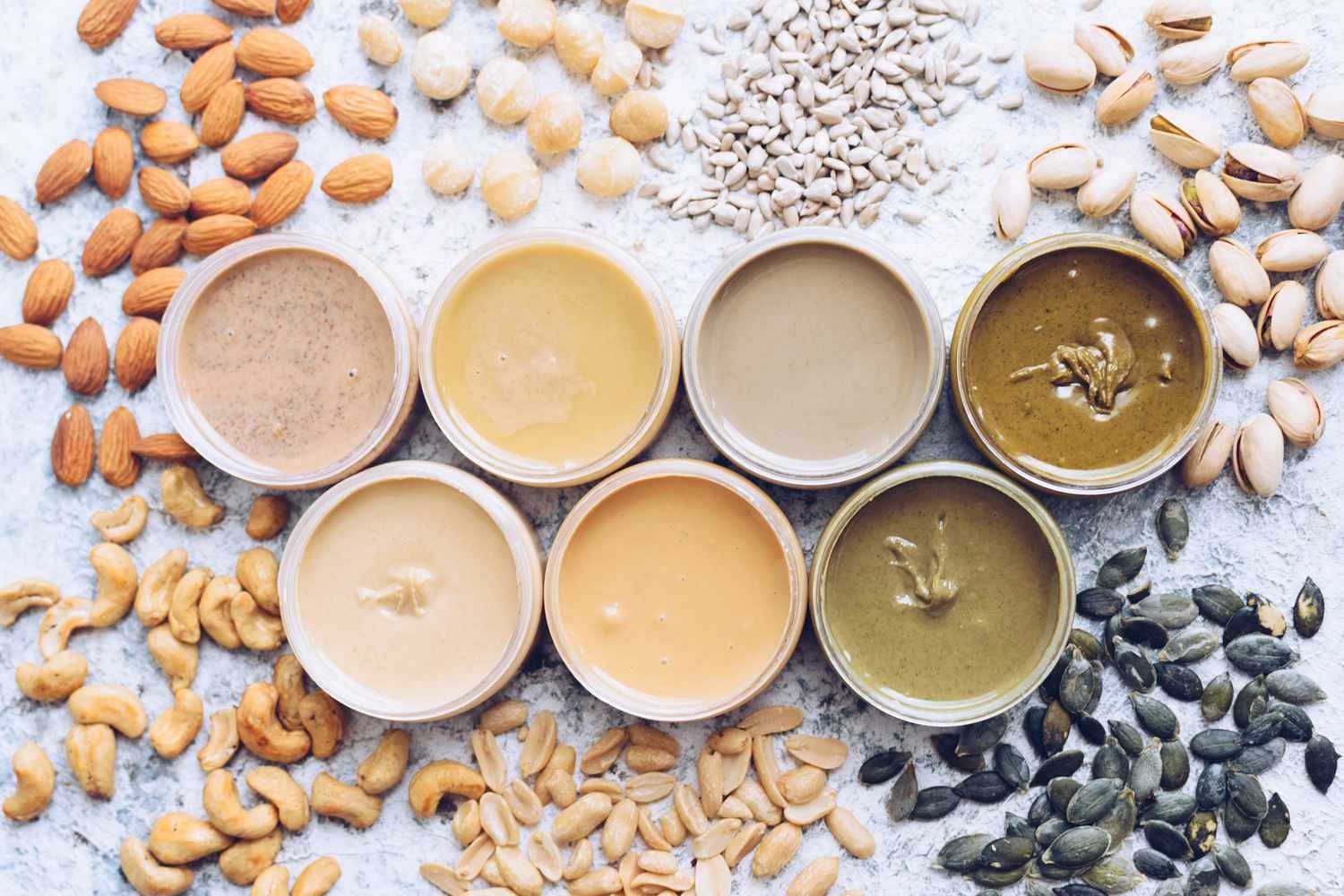What Does Hair Type Mean?
Your hair type is determined by its natural curl pattern, which depends on the shape of your hair follicles. Some people have naturally straight hair, while others have wavy, curly, or coily hair.
Understanding your hair type is essential for proper care and styling. It helps you choose the right products and techniques to keep your hair healthy and beautiful. Hair type is categorized based on texture, porosity (the hair’s ability to absorb moisture), and density (how thick or thin your hair appears). Knowing these factors allows you to maintain and style your hair more effectively.
Hair Types: Different Textures and Structures
Hair is classified into four main types: straight, wavy, curly, and coily. Each type has its own characteristics and requires different care routines.
1. Straight Hair
Straight hair lacks curls and is often smooth and shiny because natural oils from the scalp can easily travel down the hair shaft. However, this hair type can also become oily quickly and may lack volume.
Subtypes:
- Type 1A: Extremely straight, fine, and soft. It tends to get oily fast and does not hold curls well.
- Type 1B: Straight but with slightly more volume and thickness.
- Type 1C: Thick, coarse, and resistant to curling but has natural body and movement.
Styling Tips:
- Use lightweight shampoos to prevent greasiness.
- Apply dry shampoo to control excess oil.
- Add volume with texture sprays and light mousses.
- Avoid heavy serums and butters, which can make hair look greasy.
2. Wavy Hair
Wavy hair falls between straight and curly, forming a soft ‘S’ shape. It is naturally more textured than straight hair but less curly than ringlets.
Subtypes:
- Type 2A: Loose waves, fine in texture, and easy to manage.
- Type 2B: More defined waves with a medium texture and slight frizz.
- Type 2C: Thick, coarse waves with more volume and prone to frizz.
Styling Tips:
- Use curl-enhancing products like mousse or lightweight creams.
- Apply a salt spray for a beachy, textured look.
- Dry hair with a diffuser to enhance waves.
- Use anti-frizz serums to keep waves defined and smooth.
3. Curly Hair
Curly hair has distinct ringlets and tends to be more voluminous. It requires more moisture to maintain definition and prevent frizz.
Subtypes:
- Type 3A: Loose, large curls with a soft texture.
- Type 3B: Springy, well-defined curls that have more volume.
- Type 3C: Tight, corkscrew curls with a lot of bounce and body.
Styling Tips:
- Avoid brushing curls; instead, use fingers to detangle.
- Apply a leave-in conditioner to keep curls hydrated.
- Use sulfate-free shampoos to retain natural oils.
- Style with curl creams or gels to define and hold curls.
- Avoid heavy updos that put tension on the roots.
4. Coily Hair
Coily or kinky hair is the most textured type, forming tight curls or zigzag patterns. This hair type is prone to dryness and requires deep hydration.
Subtypes:
- Type 4A: Defined, springy coils with an ‘S’ shape.
- Type 4B: Zigzag curls with less defined pattern.
- Type 4C: Tightly coiled, with minimal definition and high shrinkage.
Styling Tips:
- Use moisturizing hair masks and deep conditioners.
- Apply natural oils like coconut or argan oil to lock in moisture.
- Avoid excessive heat styling to prevent damage.
- Use protective styles like braids and twists to retain moisture.
- Co-wash instead of shampooing frequently to prevent dryness.
Understanding Hair Porosity and Density
Besides texture, porosity and density play a significant role in how your hair absorbs and retains moisture.
Hair Porosity
Porosity refers to how well your hair absorbs and retains moisture.
- Low porosity: Hair repels water and takes longer to absorb moisture. Use lightweight, water-based products.
- Medium porosity: Hair maintains moisture well and is easy to style.
- High porosity: Hair absorbs moisture quickly but loses it fast. Heavy moisturizers and deep conditioning are essential.
Hair Density
Hair density is how thick or thin your hair appears. It can be categorized as:
- Low Density: Hair appears thin and may need volumizing products.
- Medium Density: Balanced hair that doesn’t look too thick or too thin.
- High Density: Thick hair that requires more product for coverage.
Best Haircare Routine Based on Your Hair Type
Now that you understand your hair type, porosity, and density, here are the best care tips for each type:
- Straight Hair: Wash regularly with a lightweight shampoo and avoid heavy products.
- Wavy Hair: Use curl-enhancing mousse and avoid brushing dry hair to prevent frizz.
- Curly Hair: Keep it moisturized with leave-in conditioners and avoid heat styling.
- Coily Hair: Deep condition weekly and use protective styles to prevent breakage.
Final Thoughts: Love Your Natural Hair!
Every hair type is unique and beautiful. The key to great hair is embracing its natural texture and using the right products and styling methods. When you understand your hair’s needs, you can keep it looking its best while maintaining its health.
Whether you have straight, wavy, curly, or coily hair, the right care routine will help you achieve strong, vibrant, and stylish hair every day!
Read More: Tips for Healthy Hair












Leave a Reply